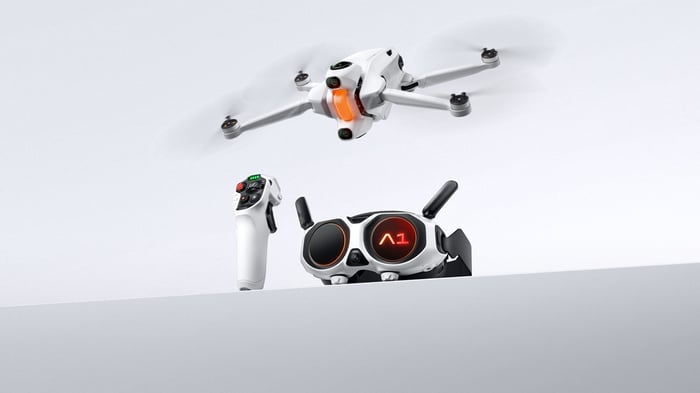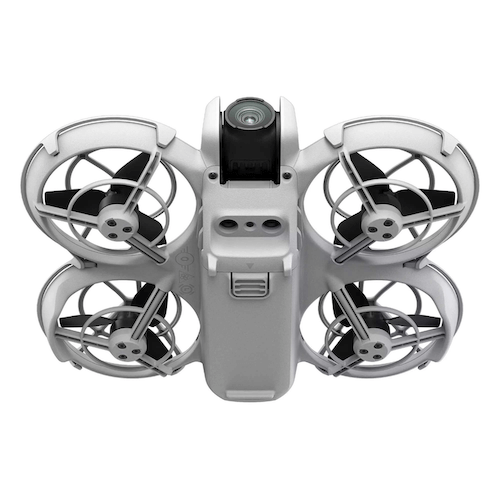Here at Glyph, we love content creators who get extremely creative, so we're always following innovators like collin_fpv, Danny Mcgee and Randy Scott Slavin to see the latest in drone tech. If you're like us, you know that getting that buttery smooth drone footage has always required you to be both a skilled pilot and a cinematographer at the same time. That's why we're so excited about this news: a new company named Antigravity, backed by the 360-camera specialists at Insta360, is introducing the Antigravity A1 - a drone built entirely around a 360-degree camera designed to completely change the flying and filming experience.
The "Fly First, Frame Later" Workflow
The central feature of the Antigravity A1 is its dual-lens camera system, which captures a full 360-degree sphere in 8K resolution. Software then stitches the footage from the top and bottom lenses together, digitally removing the drone itself from the image.
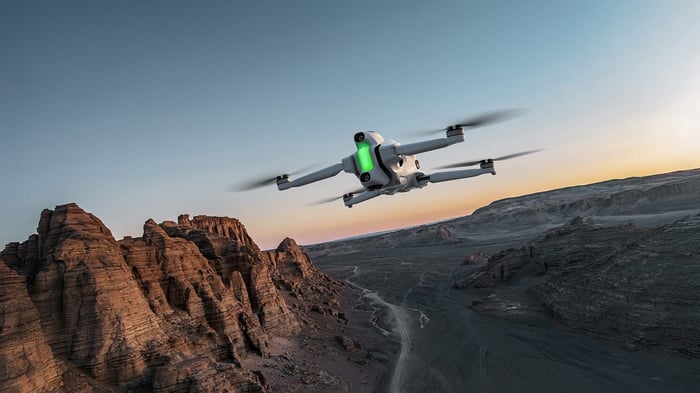 This technology enables what Antigravity calls a "fly first, frame later" workflow. The core premise is to separate the act of piloting from the act of cinematography. Rather than trying to frame a perfect shot in real-time, the operator can focus solely on navigating the environment. Later, in post-production, they can use the all-encompassing 360-degree footage to create a traditionally framed video, directing the virtual camera to pan, tilt, and zoom to follow the action. This approach significantly lowers the risk of missing key moments, as everything in every direction is perpetually recorded.
This technology enables what Antigravity calls a "fly first, frame later" workflow. The core premise is to separate the act of piloting from the act of cinematography. Rather than trying to frame a perfect shot in real-time, the operator can focus solely on navigating the environment. Later, in post-production, they can use the all-encompassing 360-degree footage to create a traditionally framed video, directing the virtual camera to pan, tilt, and zoom to follow the action. This approach significantly lowers the risk of missing key moments, as everything in every direction is perpetually recorded.
An Accessibility-Focused Control System
To complement its camera system, the A1 employs an intuitive, motion-based control scheme. The package includes FPV-style "Vision" goggles and a one-handed "Grip" controller. Similar in concept to DJI's Motion Controller, the Grip allows users to direct the drone by pointing where they want it to fly.
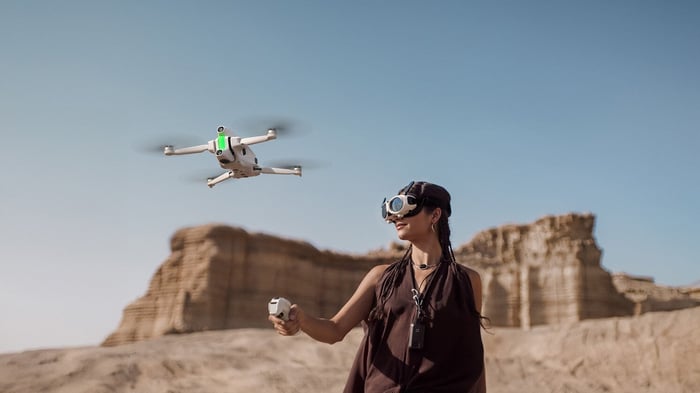 However, the A1's 360-degree view creates a key difference. The pilot's head movements control their viewpoint within the 360-degree sphere, independent of the drone's direction of travel. This allows a user to fly forward while looking backward or to the side, an experience aimed more at immersion and situational awareness than at high-performance aerobatics.
However, the A1's 360-degree view creates a key difference. The pilot's head movements control their viewpoint within the 360-degree sphere, independent of the drone's direction of travel. This allows a user to fly forward while looking backward or to the side, an experience aimed more at immersion and situational awareness than at high-performance aerobatics.
Potential and Practical Limitations
While this approach offers new creative possibilities, early hands-on reports suggest there are trade-offs. The primary benefit is capturing unexpected events, as a reviewer noted discovering a large flock of birds in their footage only during editing.
However, the nature of 360-degree video means that the 8K resolution is spread across an immense field of view, resulting in a noticeable loss of quality when significantly zooming in on a subject. Testers of prototype units also noted potential issues with stitching lines on objects very close to the drone and a wireless signal that, while functional, did not match the robustness of market leaders like DJI.
Strategic Market Positioning
Antigravity appears to be making several strategic decisions with the A1's design. At 249 grams, it falls below the weight requiring federal registration in the U.S. and other regions. More notably, the drone includes a "payload detection system" designed to automatically ground the aircraft if it detects an unauthorized weight. This feature seems to be a deliberate effort to position the A1 as a tool exclusively for creative and recreational use, proactively addressing concerns that have affected other drone manufacturers.
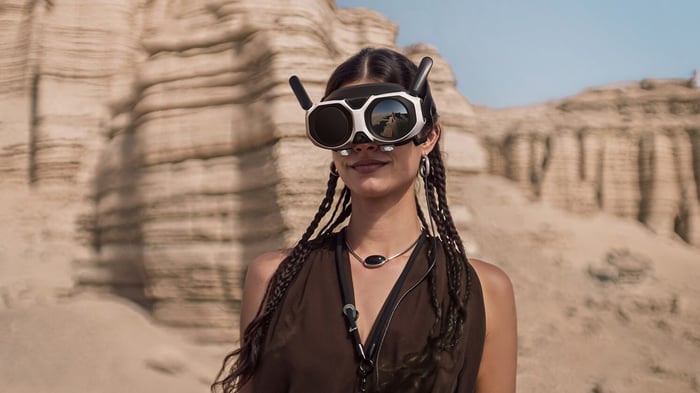 Ultimately, the Antigravity A1 isn't trying to be just another high-performance drone. It's carving out a new space for creators who value a fun, immersive experience and creative flexibility over raw technical specs. The planned global launch is set for January 2026, and with DJI's equipment becoming increasingly difficult to get in the United States, frankly, that can't come soon enough for us! We'll be keeping a close eye on this one and will be sure to revisit any updates throughout the rest of the year.
Ultimately, the Antigravity A1 isn't trying to be just another high-performance drone. It's carving out a new space for creators who value a fun, immersive experience and creative flexibility over raw technical specs. The planned global launch is set for January 2026, and with DJI's equipment becoming increasingly difficult to get in the United States, frankly, that can't come soon enough for us! We'll be keeping a close eye on this one and will be sure to revisit any updates throughout the rest of the year.


